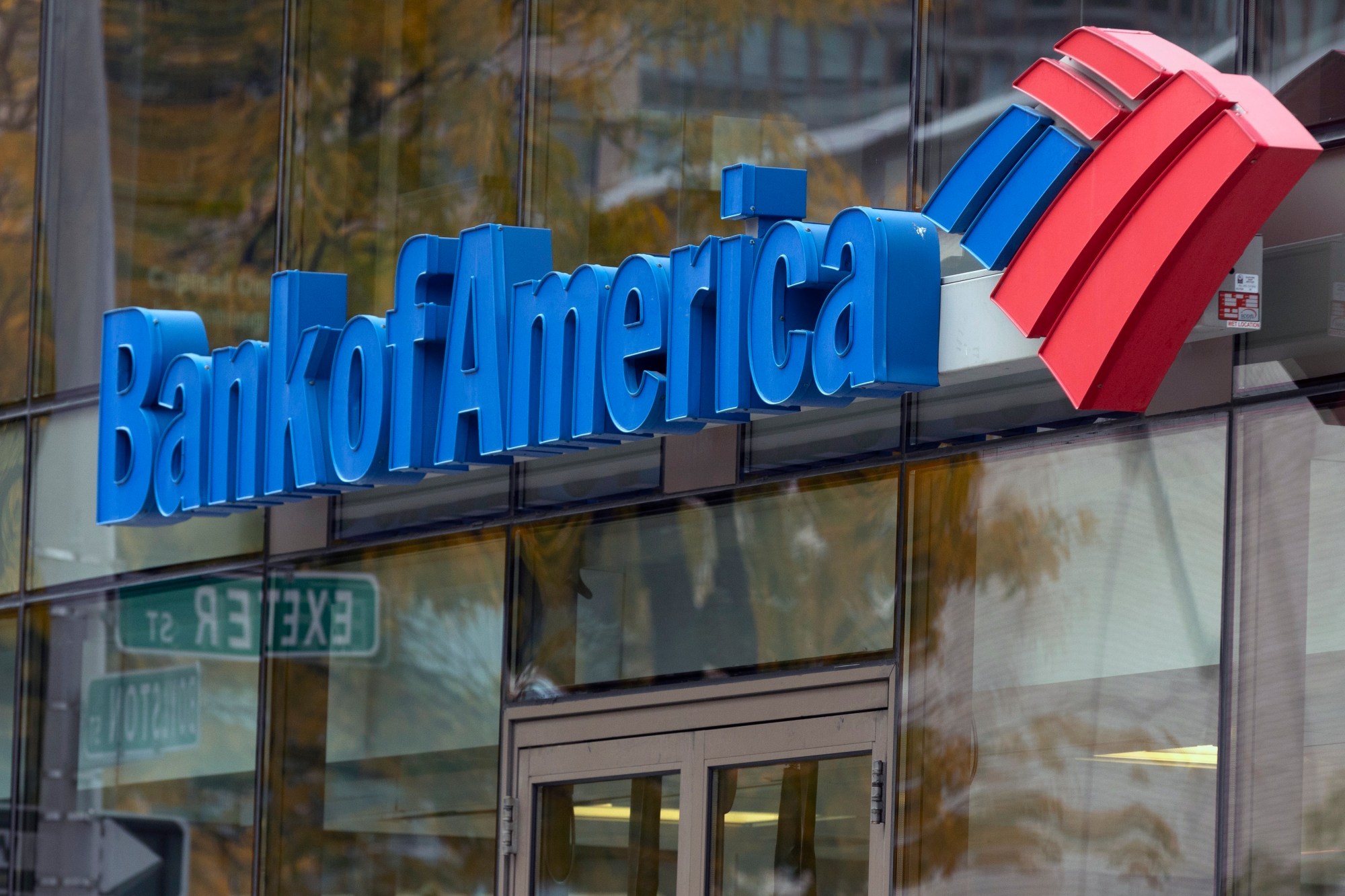
Bank of America (NYSE:BAC) outperforms Wall Street’s second-quarter estimates, showcasing strong momentum with a 50% surge in shares since November.
The bank’s financial metrics, including a P/E ratio of 12.72 and a D/E ratio of about 2.38, highlight its market position and investor sentiment.
Concerns about the sustainability of growth and the impact of lower interest rates and Berkshire Hathaway’s reduced stake pose challenges for future performance.
Bank of America (NYSE:BAC), a leading financial institution, has recently made headlines by outperforming Wall Street’s second-quarter estimates, leading to a notable increase in its share price. This performance is particularly significant given the bank’s struggle to outpace the broader S&P 500 over the past five years. However, since November, BAC’s shares have surged by 50%, with a 16% increase this year alone, showcasing strong momentum. The bank reported a revenue of $25.4 billion, a modest 1% year-over-year increase, and diluted earnings per share of $0.83, marking a 6% decrease from Q2 2023. These results, which exceeded analyst expectations, underscore the bank’s strong economic foundation, supported by its large scale, extensive branch network, and advanced digital infrastructure.
The financial metrics of Bank of America further illuminate its current market position and investor sentiment. With a price-to-earnings (P/E) ratio of approximately 12.72, investors show a willingness to pay $12.72 for every dollar of BAC’s earnings, a figure that aligns with the bank’s recent performance and future earnings potential. The price-to-sales (P/S) ratio stands at about 2.57, indicating the value investors place on each dollar of the company’s sales, while the enterprise value to sales (EV/Sales) ratio of approximately 8.66 suggests a higher valuation in terms of its total value to sales. Additionally, the enterprise value to operating cash flow (EV/OCF) ratio of around 22.10 highlights the company’s valuation in relation to its operating cash flow, offering insights into its financial health and operational efficiency.
Bank of America’s financial leverage, as indicated by a debt-to-equity (D/E) ratio of about 2.38, reveals the extent to which the company is financing its operations through debt compared to its own equity. This level of financial leverage is crucial for understanding the bank’s risk profile and its ability to manage financial obligations. Moreover, the current ratio of approximately 1.02 demonstrates the bank’s capability to cover its short-term liabilities with its short-term assets, an important measure of liquidity and financial stability.
The prospect of lower interest rates presents a potential advantage for Bank of America, potentially enhancing its ability to attract deposits and increase loan demand. However, the decision by Warren Buffett’s Berkshire Hathaway to reduce its stake in the bank, despite it still constituting 10% of its portfolio, has raised questions about Buffett’s confidence in the bank’s valuation. With the stock trading at a price-to-book ratio of 1.2, there is speculation that it may be fully valued or overvalued, especially considering its 56% premium compared to nine months ago and a 19% increase over its trailing 10-year average.
Given the cyclical nature of banking and the challenges in predicting economic cycles, there are concerns about Bank of America’s ability to sustain its recent growth and outperform the S&P 500 over the next five years. Despite the bank’s resilience and the unlikelihood of disruption, the cautious outlook on its investment potential, coupled with its current financial metrics, suggests that investors may need to temper their expectations for future returns.

